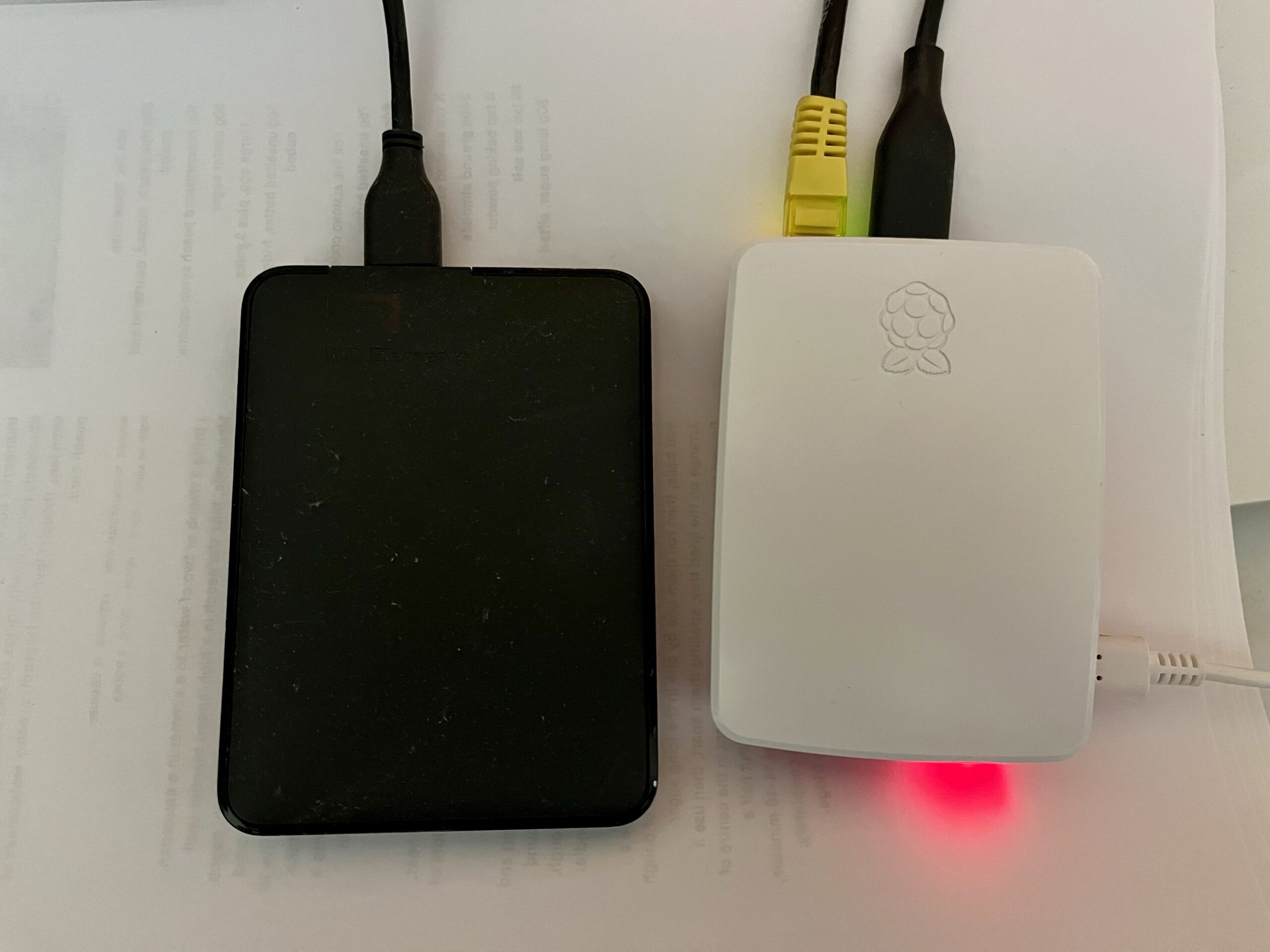When you need to buy a present for someone, and aren’t sure what to get them, gift cards seem like a good idea. With Christmas coming up, I’m going to explain why they’re not always the best idea.
They’re less flexible than cash
If you spend £10 to buy a £10 gift card, all you have done is taken £10 of cash, which can be spent anywhere, and converted it into a sort of pseudo-currency that can only be used at one shop. You can’t use a gift voucher for John Lewis at M&S for example.
Whilst multi-retailer gift cards like Love2Shop and One4All exist, they still limit you to a small range of retailers. And you can usually only spend them at large chain stores, so your recipient won’t be able to spend them at a local, independent shops. Let’s face it, Amazon is likely to be around for a long time, but independent shops would probably appreciate your custom.
They can only be used to purchase things
This might seem obvious, but you can only use gift cards to buy more things. You can’t use gift cards to pay bills, or repay debt, for example. And I mean, you really can’t – if someone claims to be HM Revenue & Customs and asks you to pay your tax bill with iTunes Gift Cards, then it’s a scam.
For someone who may be drowning in credit card debt, receiving some money that they can use to pay that off may be more meaningful. At worst, you could end up spending your money on a gift card that can only be used to buy something at a shop where the cost of getting there is higher than the value of the card.
They could also be worthless. If you’re an Android phone user, then you’re not going to get much out of an iTunes gift card, for example. You could try a web site that exchanges gift cards, where you can sell an unwanted gift card for cash. However, you’ll probably get less than its value back, and obscure gift cards may not sell for much.
They expire
Most gift cards expire after 12 months. We’ve had this problem before; a relative bought our (now) seven-year-old a gift card for a well-known toy shop chain. As their birthday is close to Christmas, we saved it to buy a gift the following year, but by the time we came to use it, it had expired. Meanwhile, cash never expires.
If the retailer goes bust, they may become worthless
We’ve recently seen the demise of Wilko in the UK, and other large chain stores like Debenhams, Jessops, Comet, Woolworths, Burtons have all disappeared in recent years. Usually, when these companies go bankrupt and call in administrators, their gift cards immediately become worthless. At best, you can sign up as a creditor of the company in the hope that you may get a fraction of the value of the gift card back.
Some people have lost serious money because of this in the past. Debenhams used to offer a wedding list service, and so those that had people buy them Debenhams gift cards as wedding presents may have lost out on hundreds of pounds.
What to do instead
Buying presents can be tricky, and I don’t think anyone wants to buy something that’ll just end up listed on eBay on Boxing Day. But maybe have a conversation with the person who you are buying a gift for first. Surprises can be nice, but so can knowing that you’re getting a thing that you actually want for Christmas. Christmas lists for Santa needn’t just be for children; you could keep a list in a note-taking app, for example, so that if anyone asks you what you want, you can tell them straight-away.
Or you could just give people cash. If all you are doing is swapping the same amount of money for a card which is restricted to one retailer and expires, then you’re taking choice away from your recipient. With cash, your recipient could use that money for:
- the weekly food shop
- to pay off a credit card
- buy something nice from a small independent shop.
An Amazon gift card won’t allow the recipient to do any of those things.
If you don’t want to put bank notes or coins in the post, you can send a cheque. Despite rumblings from the banking industry a few years ago, most banks will still let you send and receive cheques. Indeed, most banking apps will let you scan cheques, so you can scan them on Christmas Day without waiting for a branch to open. Alternatively, you could send an IOU in a card, and then do a BACS transfer on Christmas Day. That’s if you already know their bank details, of course.
When is it appropriate to send gift cards?
So, now that I have written this, you may be surprised to hear that I am planning to send gift cards to some relatives this Christmas. But this is only because said relatives have specifically asked for them. And that’s fine – you could ask for gift cards as a contribution to a big purchase, for example. Just be careful that you choose a retailer that isn’t at imminent risk of bankruptcy. Money Saving Expert News is usually a good place to get news about retailers that are, or are at risk of entering administration, and their policy on accepting gift cards.
You can also sometimes buy gift cards at a discount. My employer offers Pluxee as an employee benefit, which sells gift cards at a typical 4% discount – but sometimes more. M&S is 6.5%, which means that you can buy a £25 gift card for £23.38.
If your employer doesn’t offer something similar, but you have a mortgage, then Sprive is worth considering. With Sprive, the discounts are smaller (about 3%) but the money you save is taken off your mortgage. If you decide to sign up to Sprive, use my referral code ‘HTWH65PM’ to get an additional £5 off your mortgage.
If you’re buying Amazon gift cards, it’s worth checking your personalised promotions page (sponsored link). Sometimes, Amazon offers additional discounts available if you buy gift cards in bulk.
Christmas Day is three weeks today. If you haven’t already finished your Christmas shopping, maybe reach out to your gift recipients to find out what they want. Just be aware of the last posting days for gifts.


